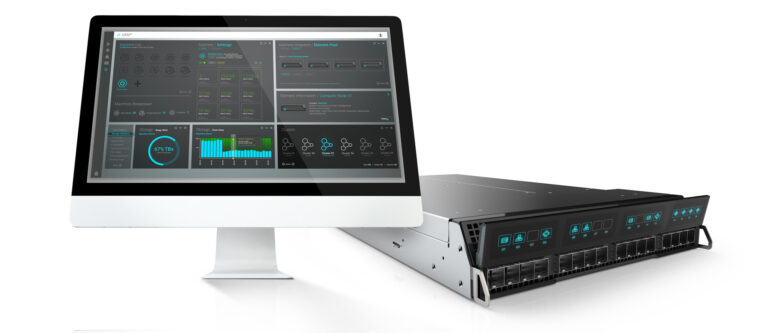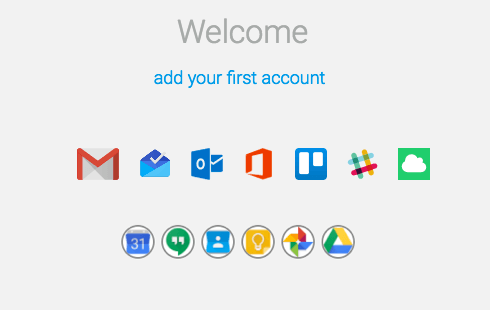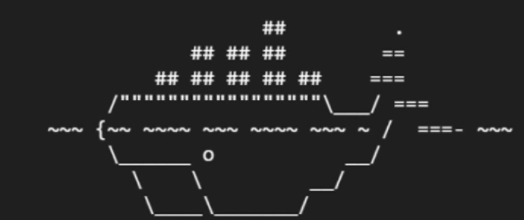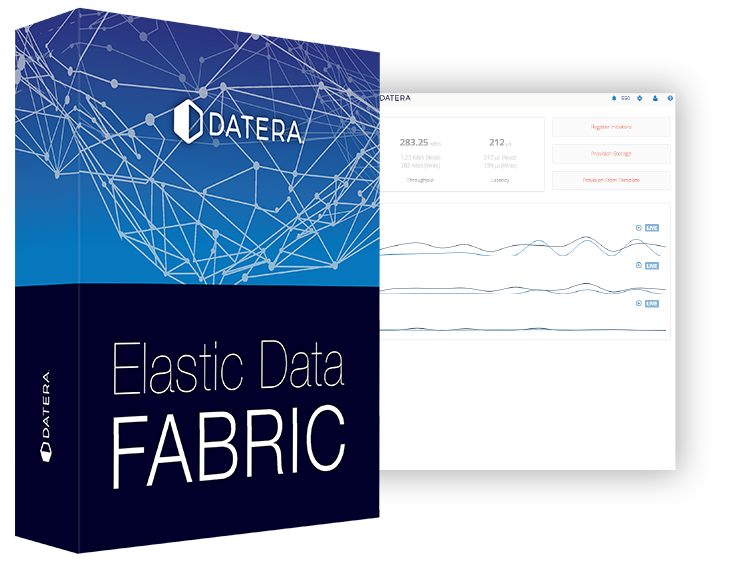
AMD’s Future in Servers: New 7000-Series CPUs Launched and EPYC Analysis
AMD finally released it’s initial batch of server CPU’s, under the regretful name EPYC. As promised in their announcement, the chips truly offer some interesting capabilities. No matter which EPYC 7000-series chip you buy, you get some impressive features standard: 8-channel DDR4 memory support (up to 2TB supported), 64MB of L3 cache, and 128 lanes of sweet PCIe 3.0.










